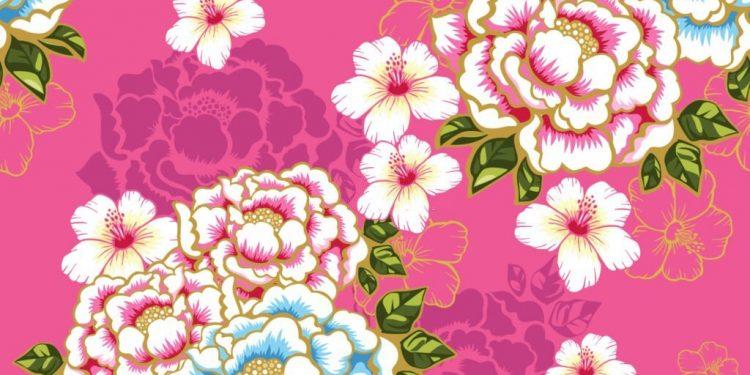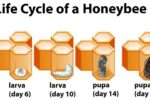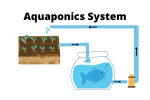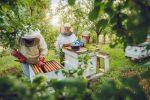The Museum of Floral Culture in Bangkok

The Museum of Floral Culture opened in Bangkok in August 2012. The museum features many different types of flower cultures including Japanese, Chinese, and Thai, as well as European and Asian. The aim is to highlight floral cultures from across the world and make it easy to understand how flowers are grown in their native land. A three-meter scroll written in Japanese tells the history of flowers growing in the region. In addition, the museum displays many pieces of antique pottery.
The museum is housed in a beautiful golden teak building. It was originally the home of an officer of the Royal Guard during the reign of Rama VI. Its location means that the museum is located in a neighborhood where former military camps and royal palaces once stood. The building required minimal renovation, making it one of the most impressive buildings in Bangkok. Regardless of the time of year, there is something to interest you at the Museum of Floral Culture.
Whether you’re an amateur florist or a professional, there are many resources available to learn more about the flower world. The American Floral Endowment, North Carolina State University, and other organizations have websites dedicated to floriculture. The International Flower Bulb Centre also has a website dedicated to flower culture. The Encyclopaedia Britannica has an article on Floriculture, as well as a list of trade shows and associations.
The Banana Leaf Room of the museum features customs of the Issarn culture. Visitors to the museum are welcomed with a ceremonial “bai Sri,” an offering of rice, which is a local tradition. The tradition is performed because traveling causes the spirit to leave the body. While visiting the Issarn village, it is recommended to practice this custom if you want to be welcomed by the spirits.
The Museum of Floral Culture is located on Sam Sen Road in Bangkok. After you pass the National Library, continue to the Bang Krabue intersection and turn left. The Museum of Floral Culture is the first street on the left. Once there, you can walk through the neighborhood until the museum is on your right. You can also catch the Metro to the Museum. If you’re traveling by car, there’s a bus that stops just after the intersection.
If you’re interested in learning more about the industry, visit the Agricultural Research Service joint site of Land-Grant Universities. The Agricultural Research Service is a great place to find information. The Agricultural Research Service is the U.S. Department of Agriculture’s official website for agricultural and plant-related fields. A site dedicated to floriculture provides information on the field. You can even find a career in it. All you need is a passion for flowers!
During the museum tour, you’ll see a traditional house in Thailand. The museum’s main rooms display photos of court members who helped cultivate the fine art of flower arranging in the early 20th century. Throughout the exhibition, you’ll see photographs of other cultures that influenced floral culture in Thailand. The Japanese room has the oldest artifacts in the museum, such as an ancient scroll that is like an instruction manual for the art of ikebana.
The industry of floriculture consists of different types of plants grown for the market. The major categories of plants are flowering garden plants, bedding plants, potted plants, and cultivated greens. The flowering gardens are the most popular type of flowers in the United States. The floral design industry is an international multi-billion dollar business and is an important part of the agriculture education curriculum. Aside from flowers, you can also learn about the industry through the courses and the curriculum.
The Floral Culture’s goal is to grow and market flowering plants. Successful floriculture growers focus on plant health, bud formation, and flowering stages. It is a lucrative field that involves growing and marketing flowers. The industry also includes the production of potted plants and bedding plants. The goal of the field of floriculture is to produce a variety of flowers. By using these plants, people can create beautiful arrangements and make them a part of their daily lives.





